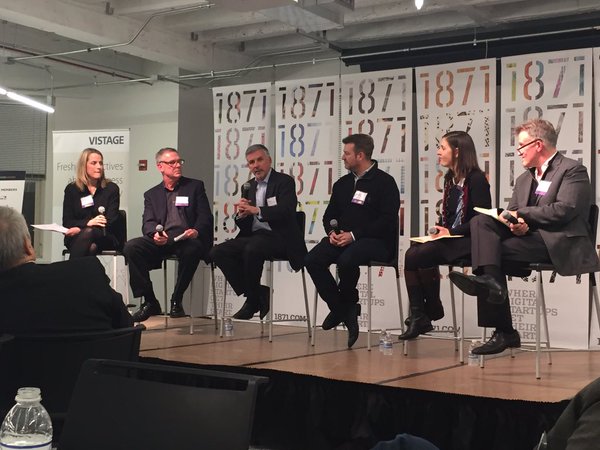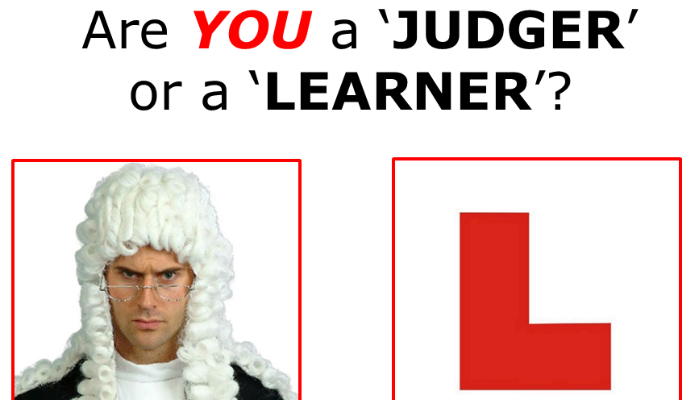In our book, The Power of Peers: How The Company You Keep Drives, Leadership, Growth & Success, we talk about the value of the “smart guide” who essentially serves as the servant leader of a CEO Peer advisory group. So I got to thinking today about Sam Arthur. Who is Sam Arthur you ask? He’s my favorite character from Robert H. Thompson’s book, The Offsite – A Leadership Challenge Fable. I’d like to tell you about Sam, but my challenge is to do so without giving away too much about the book or revealing what we discover about Sam as the story progresses. Suffice it to say that Sam is the gardener, or as he would call himself, “the groundskeeper” at Tucson, Arizona’s La Mariposa Resort & Spa – the location of the offsite meeting for two high-powered teams from competing pharmaceutical companies.
So why is the gardener so significant? Consider for a moment that the author could have given Sam any job at the hotel – manager, bellman, concierge, etc. Sam’s the gardener because Thompson offers us the perfect metaphor for servant leadership. Sam sees to it that the soil is healthy. He makes sure the plants get enough water and sun, and that their environment is free from weeds and pests. The plants are given everything they need to succeed on their own. Sam knows that if he creates the right conditions for growth, his gardens will flourish.
One would hardly imagine Sam yelling at the flowers to grow faster or fuller. Or firing a plant who is not thriving by yanking it out of the ground only to replace it with a new, fresh variety (without first knowing for certain whether the plant was struggling because of something Sam did). While that kind of behavior is clearly not in Sam’s nature, he also understands that it doesn’t work. Sam’s approach to nurturing his garden is what great leaders do to build successful enterprises and how seasoned smart guides lead high-performing peer advisory groups. They create conditions for people to flourish!
The beauty of the story is that Sam is not simply defined by his job or the associated servant leadership metaphor. He reminds us of the importance of having real passion for whatever we do because, more than pay, the joy we bring to others should serve as the true reward for our life’s work. Sam also redefines the meaning of the word “perfect.” Interestingly enough, it’s not about perfection at all.
Pick up a copy of The Offsite. Find out how Sam uses the word “perfect” and discover your own favorite character. There are some great ones, but to me, Sam is…well…perfect.










